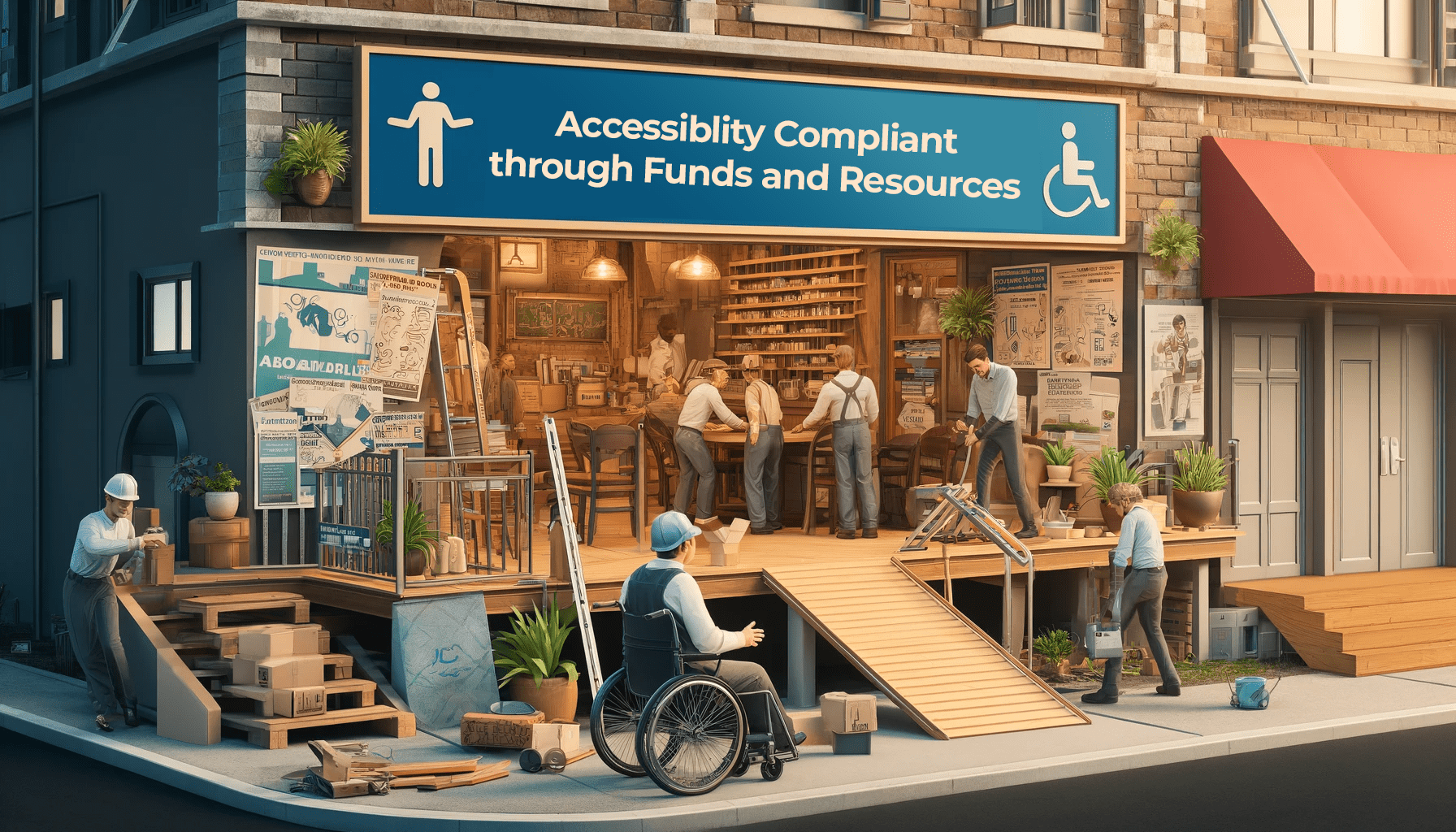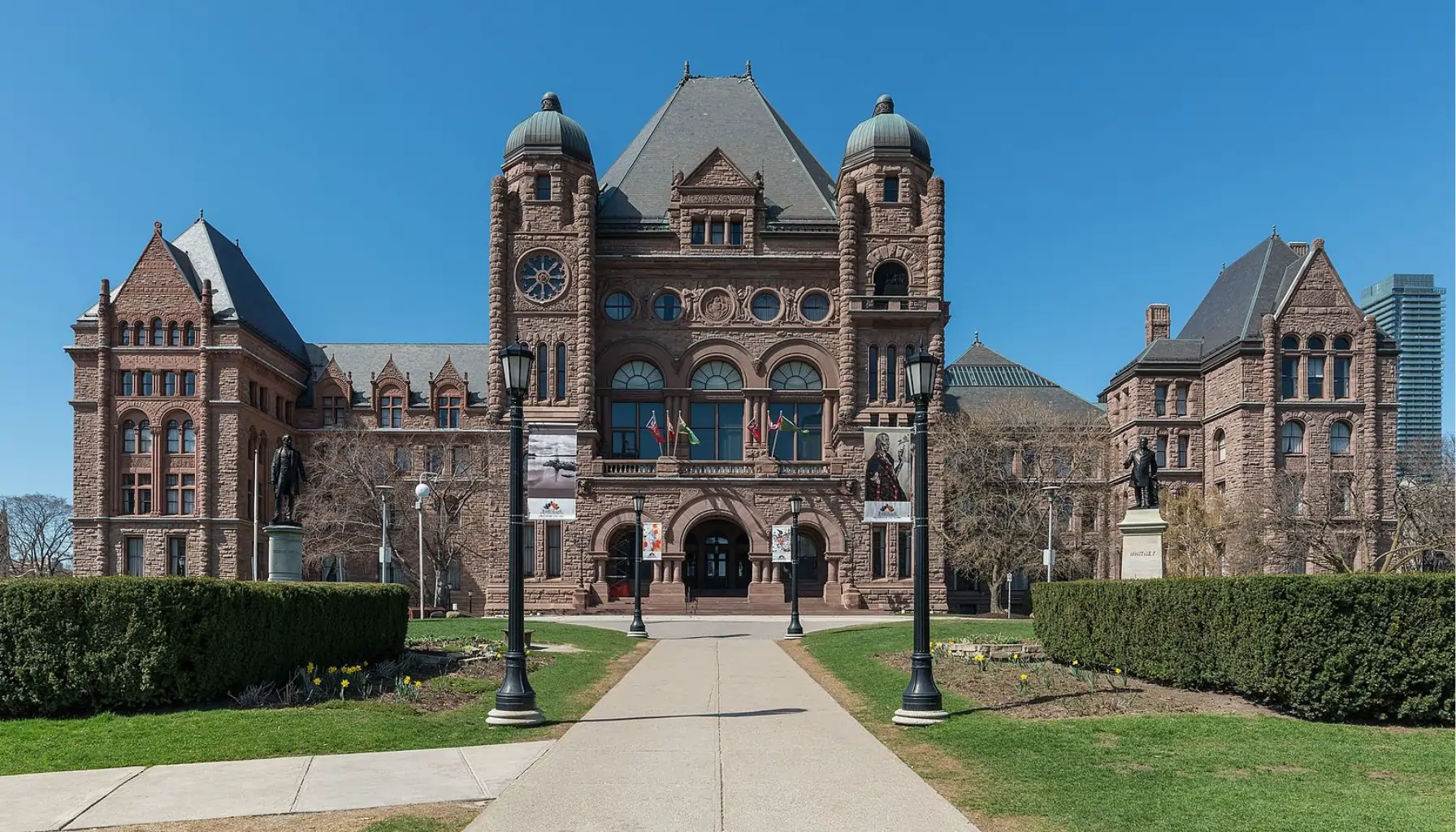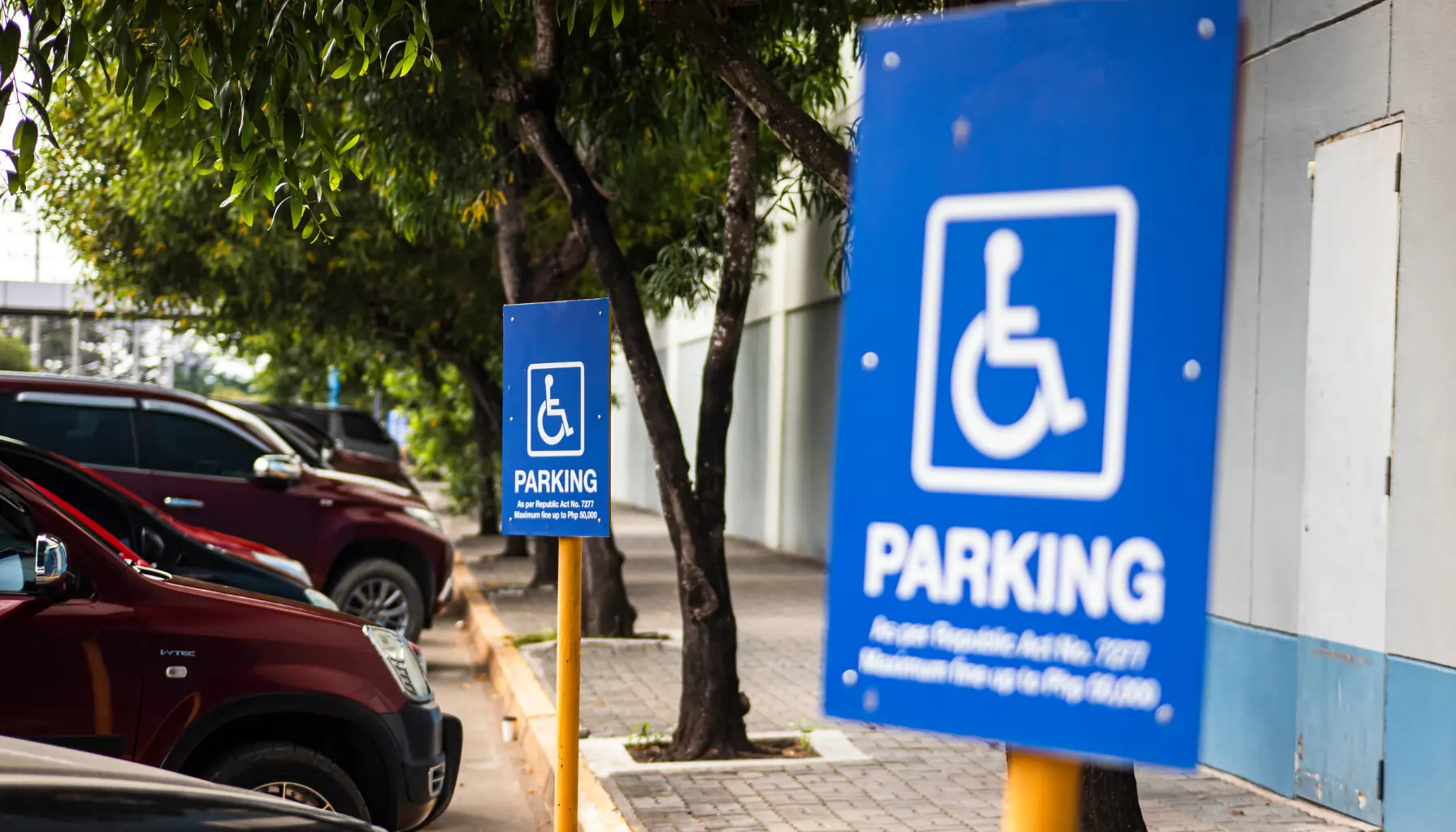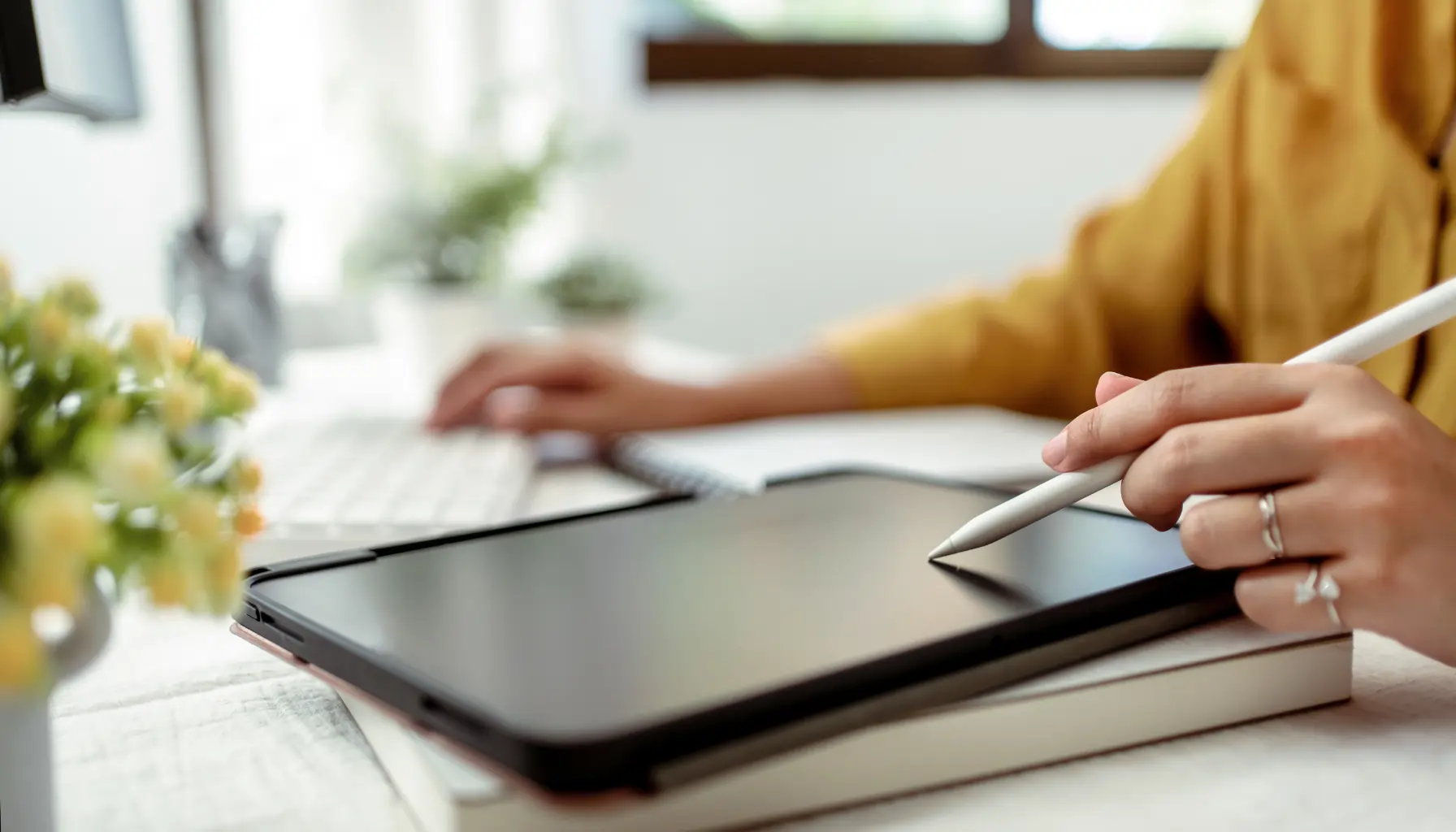Introduction
For many organizations, particularly small businesses and non-profits, the costs associated with becoming compliant with the Accessibility for Ontarians with Disabilities Act (AODA) can seem daunting. However, a variety of funding opportunities and resources are available to help ease this burden. This blog outlines key sources of financial support and guidance that can assist organizations in meeting AODA standards.
Understanding the Costs of AODA Compliance
AODA compliance may involve expenses such as renovating physical spaces, upgrading digital platforms to meet WCAG standards, and training staff. Recognizing these potential costs is the first step towards identifying the right funding and resources.
Government Grants and Incentives
- “Enabling Change” Program
This program partners with organizations to help them educate their stakeholders about accessibility and meet their AODA obligations. Grants are provided to develop and implement projects that increase compliance.
- Ontario Trillium Foundation Grants
Aimed at building healthy and vibrant communities, these grants can be used for projects that improve the accessibility of facilities and the inclusiveness of programs.
- Canada-Ontario Job Grant
This grant provides direct financial support to individual employers that wish to purchase training for their employees. It can cover up to two-thirds of the cost of training employees on accessibility standards and practices.
Government Funding Support: Enabling Accessibility Fund (EAF)
One significant source of funding for organizations looking to improve accessibility is the Enabling Accessibility Fund (EAF) offered by Employment and Social Development Canada. This fund is designed to help organizations create more accessible and inclusive environments for persons with disabilities in both community settings and workplaces.
-
Funding Streams:
– Youth Innovation Component: This stream encourages youth to engage with local organizations to identify and eliminate accessibility barriers, with funding up to $12,000 available per project. Projects can range from installing accessible beach mats to purchasing voice recognition software.
– Small Projects Component: Provides up to $200,000 for small-scale construction or communication technology projects that enhance accessibility. This includes constructing ramps, accessible doors, and installing hearing loop systems.
– Mid-Sized Projects Component: Offers substantial funding between $500,000 and $3 million for larger projects that might include new constructions or renovations to increase accessibility in facilities that provide services and programs to persons with disabilities.
-
Application Process:
The application periods and specific criteria are announced periodically, and organizations are encouraged to prepare by ensuring they meet eligibility requirements and have their project details ready. The fund covers various types of accessibility improvements, from ramps and elevators to accessible digital interfaces.
-
Flat Rate Costing:
To simplify the application process, the EAF has introduced flat rate costing for commonly funded items like ramps and accessible washrooms, which helps applicants easily calculate the funding amount needed for specific modifications.
Organizations interested in applying are advised to attend one of the EAF information sessions, which provide valuable insights into the application process and project eligibility. These sessions also offer support such as American Sign Language (ASL) and real-time captioning to ensure they are accessible to all potential applicants.
For more detailed information about the Enabling Accessibility Fund and to find out when the next call for proposals will be, you can visit their official [government page](https://www.canada.ca/en/employment-social-development/programs/enabling-accessibility-fund.html).
Conclusion
Navigating the financial aspects of AODA compliance is manageable with the right information and support. By leveraging these grants, resources, and expert partnerships, organizations can meet compliance standards, improve accessibility, and foster an inclusive environment. For personalized assistance in accessing these resources and managing your AODA compliance strategy, connect with us at Accessibility Partners.







